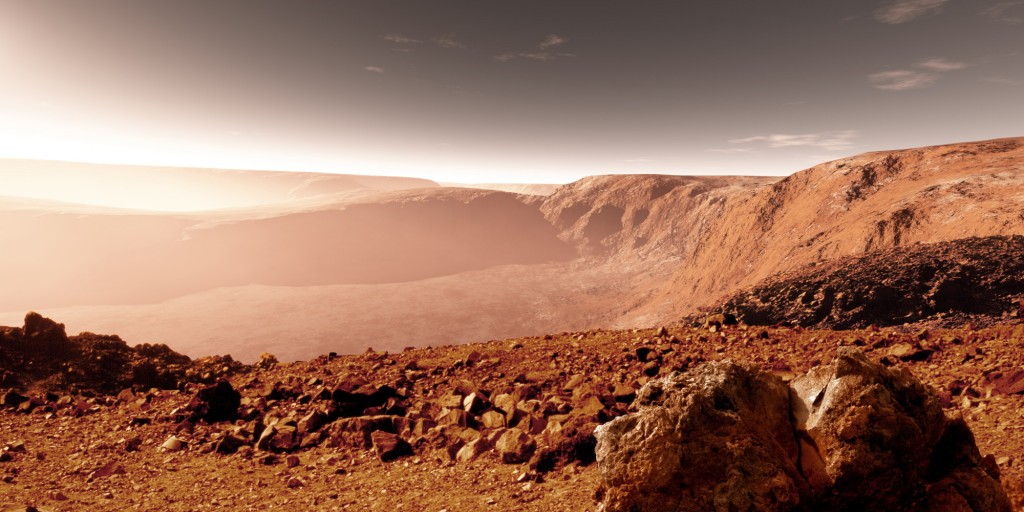NASA has been continuously investigating sites from past 40 months on Mars. Recently it has found high concentration of Silica at certain sites on Mount Sharp. Silica also known as silicon di oxide is the most abundant mineral found in the earth’s crust. Rocks are generally made up of minerals which contain elements like aluminium, iron, calcium, sodium, potassium, etc. But about 90% of a rock is composed of silica. Silica is also referred to as Quartz on the Earth surface. A high level of silica indicates an ideal condition for preservation of ancient organic materials.
The reason behind high silica deposits at some sites can mainly be because of two reasons – The first one is acidic water leaching away other components to just leave behind Silica.The second one is getting silica from one place and depositing it at another place. Such event occurs when water is either alkaline or neutral. If the actual reason could be found out, it would help to find out the conditions during ancient wet environment times.
Since 2014, NASA has been continuously studying various layers of mount sharp, starting from the base to top. Initial studies showed that favourable conditions for life existed in the lakes present billions of years ago. The sedimentary rock which was examined revealed lake-bed deposits. NASA then started to investigate how harsh aridity evolved in Mars from lakes, rivers and deltas present earlier.
In a geological contact zone called “Marias Pass” which is present at lower Mount Sharp, curiosity also discovered a new type of Martian rock called “Buckskin” that is rich in silica content.On drilling the rock a mineral called tridymite was found. This mineral was not found on Mars previously and is found very rarely on the Earth surface too. Generally tridymite is found in igneous or metamorphic rocks at high temperatures. According to NASA, tridymite found may indicate magmatic evolution taken place on Mars.





